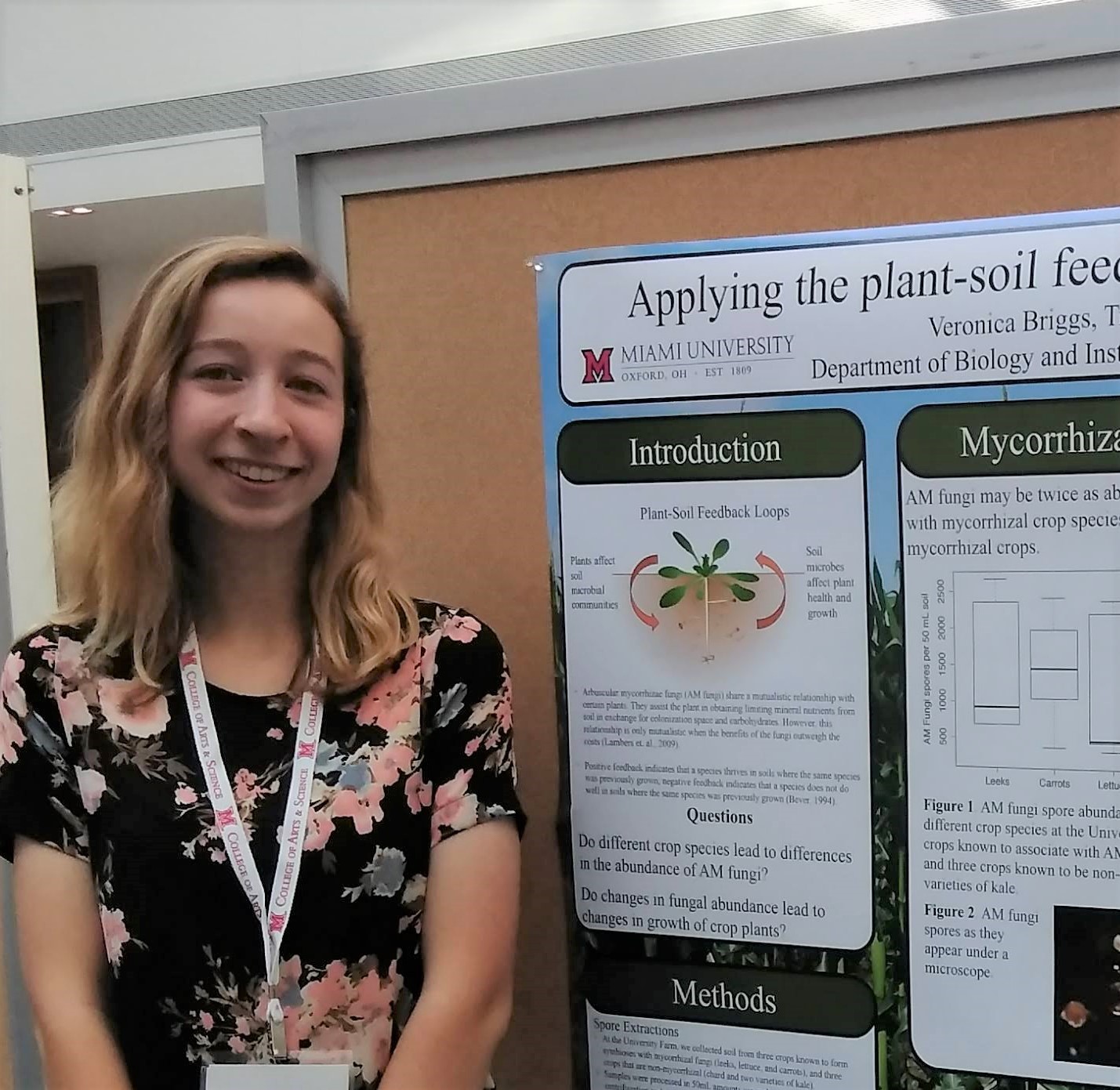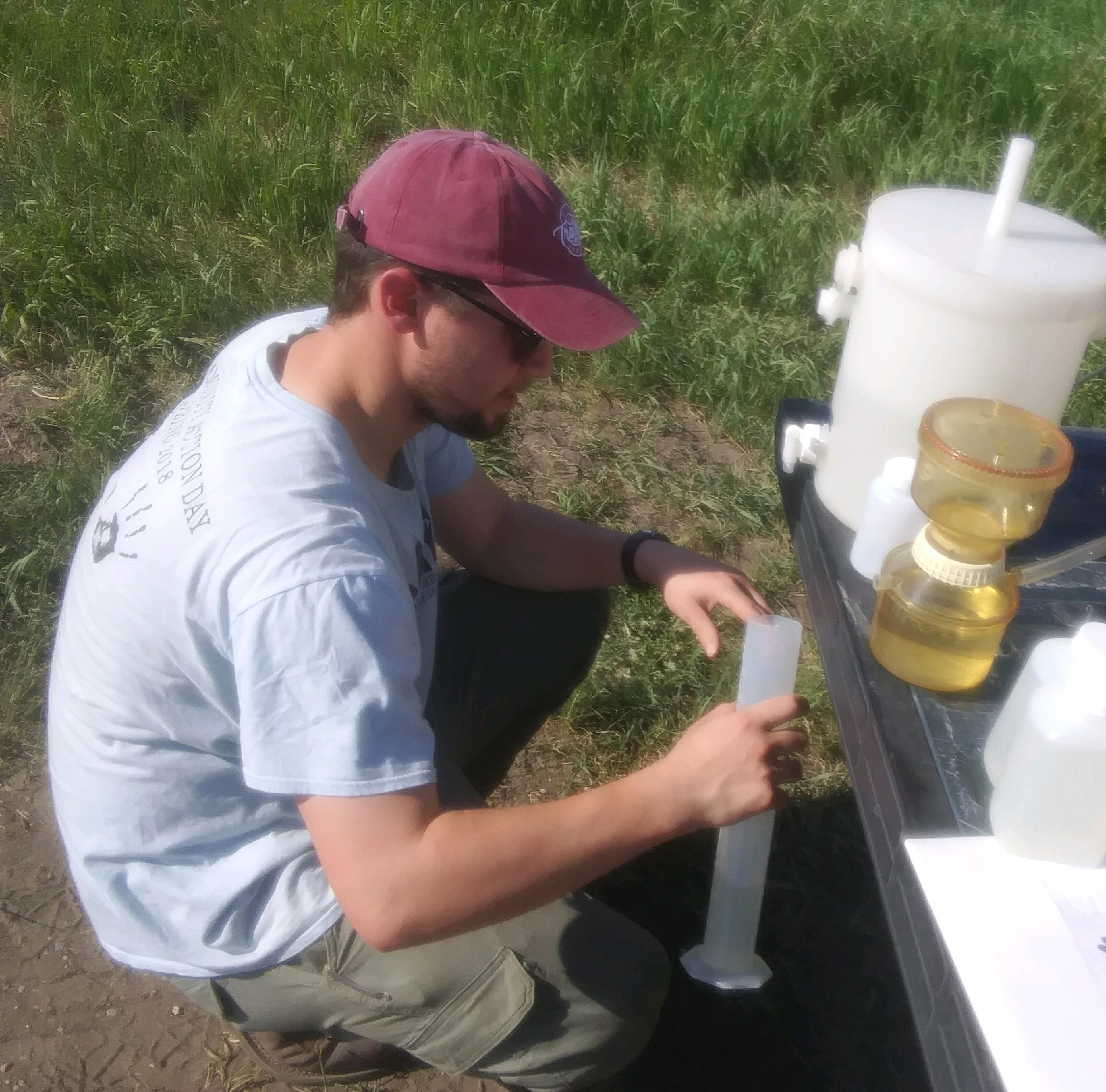more info @ Google Scholar
Noble SL and JT Bauer. 2022. Influence of canopy cover and canopy heterogeneity on plant diversity within oak savannas. Natural Areas Journal 42:242-251
Barley, TA, MG Martinez Algarin, JT Bauer. 2022. The effects of flower patch density on pollinator visitation. Environmental Entomology 51:482-491 – this research was highlighted on the Entomological Society of America’s blog “Entomology Today” and on the podcast “Backyard Ecology”
Koziol, L, JT Bauer, E Duell, K Hickman, G House, P Schultz, A Tipton, G Wilson, JD Bever. 2022. Manipulating plant microbiomes in the field: native mycorrhizae advance plant succession and improve native plant restoration. Journal of Applied Ecology 59:1976-1985
Zaret MM, JT Bauer, K Clay, BK Whitaker. 2021. Conspecific leaf litter induces negative feedbacks in Asteraceae seedlings. Ecology 102:e03557
Catano, CP, TJ Bassett, JT Bauer, E Grman, AM Groves, CR Zirbel, and LA Brudvig. 2022. Soil resources mediate the strength of species but not trait convergence across grassland restorations. Journal of Applied Ecology 59:382-393
Reinhart, KO, JT Bauer, S McCarthy-Neumann, AS MacDougall, JL Hierro, MC Chiuffo, SA Mangan, J Heinze, J Bergmann, J Joshi, RP Duncan, JM Diez, P Kardol, G Rutten, M Fischer, WH van der Putten, TM Bezemer, and J Klironomos. 2021. Globally, plant-soil feedbacks are week predictors of plant abundance. Ecology and Evolution 11:1756–1768
Anderson, RC, MR Anderson, JT Bauer, C Loebach, MA Slater, A Mullarkey, M Engelhardt. 2021. Alliaria petiolata, an invasive species, response to extreme long-term climate events (ECE’s) and drought. Ecosphere e03510
Grman, E, CR Zirbel, JT Bauer, AM Groves, T Bassett, LA Brudvig. 2021. Super-abundant C4 grasses are a mixed blessing in restored prairies. 29:e13281
Groves, AM, JT Bauer, LA Brudvig. 2020. Assembly of restored communities is contingent on planting year weather conditions. Scientific Reports 10:5953
Grman, E, J Allen, E Galloway, J McBride, JT Bauer, PA Price. 2020. Inoculation with remnant prairie soils increased the growth of three native prairie legumes but not necessarily their associations with beneficial soil microbes. Restoration Ecology 28:S393-S399
Bauer JT, L Koziol, and JD Bever. 2020. Local adaptation of mycorrhizae communities changes plant community composition and increases above-ground productivity. Oecologia 192:735-744
Barber, NA, AK Farrell, RC Blackburn, JT Bauer, AM Groves, LA Brudvig, and HP Jones. 2019. Grassland restoration characteristics influence phylogenetic and taxonomic structure of plant communities and suggest assembly mechanisms. Journal of Ecology 107:2105–2120.
Crawford KM, JT Bauer, LS Comita, MB Eppinga, DJ Johnson, SA Mangan, SA Queenborough, AE Strand, KN Suding, J Umbanhowar, and JD Bever. 2019. Evolutionary history determines plant coexistence via pathogen-mediated plant-soil feedback. Ecology Letters 22:1274-1284
Koziol L, PA Schultz, G House, JT Bauer, E Middleton, and JD Bever. 2018. Plant microbiome and native plant restoration: The example of mycorrhizal fungi. Bioscience
Bach, EM, G Narvaez-Rivera, K Murray, JT Bauer, and KS Hofmockel. 2018. The dynamic life of arbuscular mycorrhizal fungal symbionts. Ecology 99:978-979
Bauer JT, L Koziol and JD Bever. 2018. Ecology of Floristic Quality Analysis: testing for correlations between coefficients of conservatism, species traits, and mycorrhizal responsiveness. AoB Plants 10:plx073
Flory, SF, JT Bauer, RP Phillips, and K Clay. 2017. Effects of a non-native grass decline with succession. Journal of Ecology 105:1475–1484
Whitaker, BW, JT Bauer, K Clay, and JD Bever. 2017. Negative plant-phyllosphere feedbacks in native Asteraceae hosts – a novel extension of the plant-soil feedback framework. Ecology Letters 20:1064-1073
Bauer JT, AJ Miller, N Blumenthal, JK Ferguson, and HL Reynolds. 2017. Microbial legacy effects vs. plant-soil feedbacks: Effects on plant community composition and productivity. Journal of Applied Ecology 54:1028:1039
Brudvig, LA, RS Barak, JT Bauer, TT Caughlin, DC Laughlin, L Larios, JW Matthews, KL Stuble, NE Turley, and CR Zirbel. 2017. Interpreting variation to advance predictive restoration science. Journal of Applied Ecology 54:1018-1027
Bauer, JT and HL Reynolds. 2016. Restoring native understory to a woodland invaded by Euonymus fortunei: multiple factors affect success. Restoration Ecology 24:45-52
Bauer, JT, KLM Mack, and JD Bever. 2015. Plant-soil feedbacks as drivers of succession: Evidence from remnant and restored tallgrass prairies. Ecosphere 6:158
Lankau, RA, JT Bauer, MR Anderson and RC Anderson. 2014. Long-term legacies and partial recovery of mycorrhizal communities after invasive plant removal. Biological Invasions 16:1979-1990
Shannon, SM, JT Bauer, WE Anderson, HL Reynolds. 2014. Invasive shrubs reduce arbuscular mycorrhizal colonization in Eastern deciduous forest mesocosms. Plant Ecology 382:317-328
Flory, SL and JT Bauer. 2014. Experimental evidence for indirect facilitation among invasive plants. Journal of Ecology 102:12-18
Bauer, JT, NM Kleczewski, JD Bever, K Clay and HL Reynolds. 2012. Nitrogen-fixing bacteria, arbuscular mycorrhizal fungi and the productivity and structure of prairie grassland communities. Oecologia.170:1089-1098
Bauer, JT, SM Shannon, RE Stoops, and HL Reynolds. 2012. Context dependency of the allelopathic effects of Lonicera maackii on seed germination. Plant Ecology. 213:1907–1916
Bauer, JT 2012. Invasive species: Back-seat drivers of ecosystem change? Biological Invasions. 7:1295-1304
Kleczewski, NM, JT Bauer, K Clay, J Bever and HL Reynolds. 2012. A survey of endophytic fungi of switchgrass (Panicum virgatum) and their putative roles in plant growth. Fungal Ecology.5:521-529
Herold, J, MR Anderson, JT Bauer, V Borowicz and RC Anderson. 2011. Comparison of the effect of early and late removal of second-year garlic mustard (Alliaria petiolata) on first-year plants and deciduous forest spring and summer dominant herbaceous groundlayer species in central Illinois, USA. Ecological Restoration. 29:225-233
Bauer, JT, and SL Flory. 2011. Decline in a native species (Senna hebecarpa, Caesalpiniaceae) resulting from an experimental invasion of Microstegium vimineum(Poaceae). American Midland Naturalist. 165:1 105-115
Anderson, RC, MR Anderson, JT Bauer, M Slater, J Herold, P Baumhardt, VA Borowicz. 2010. Effect of Removal of Garlic Mustard (Alliaria petiolataBrassicaceae) on Arbuscular Mycorrhizal Fungi Inoculum Potential in Forest Soils. The Open Ecology Journal. 3:41-47
Bauer, JT, RC Anderson and MR Anderson. 2010. Competitive Interactions among First-Year and Second-Year Plants of the Invasive, Biennial Garlic Mustard (Alliaria petiolata) and Native Ground Layer Vegetation. Restoration Ecology. 18:5 720-728
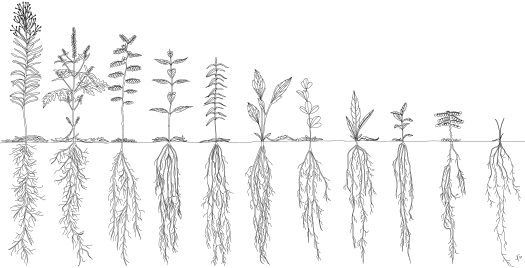
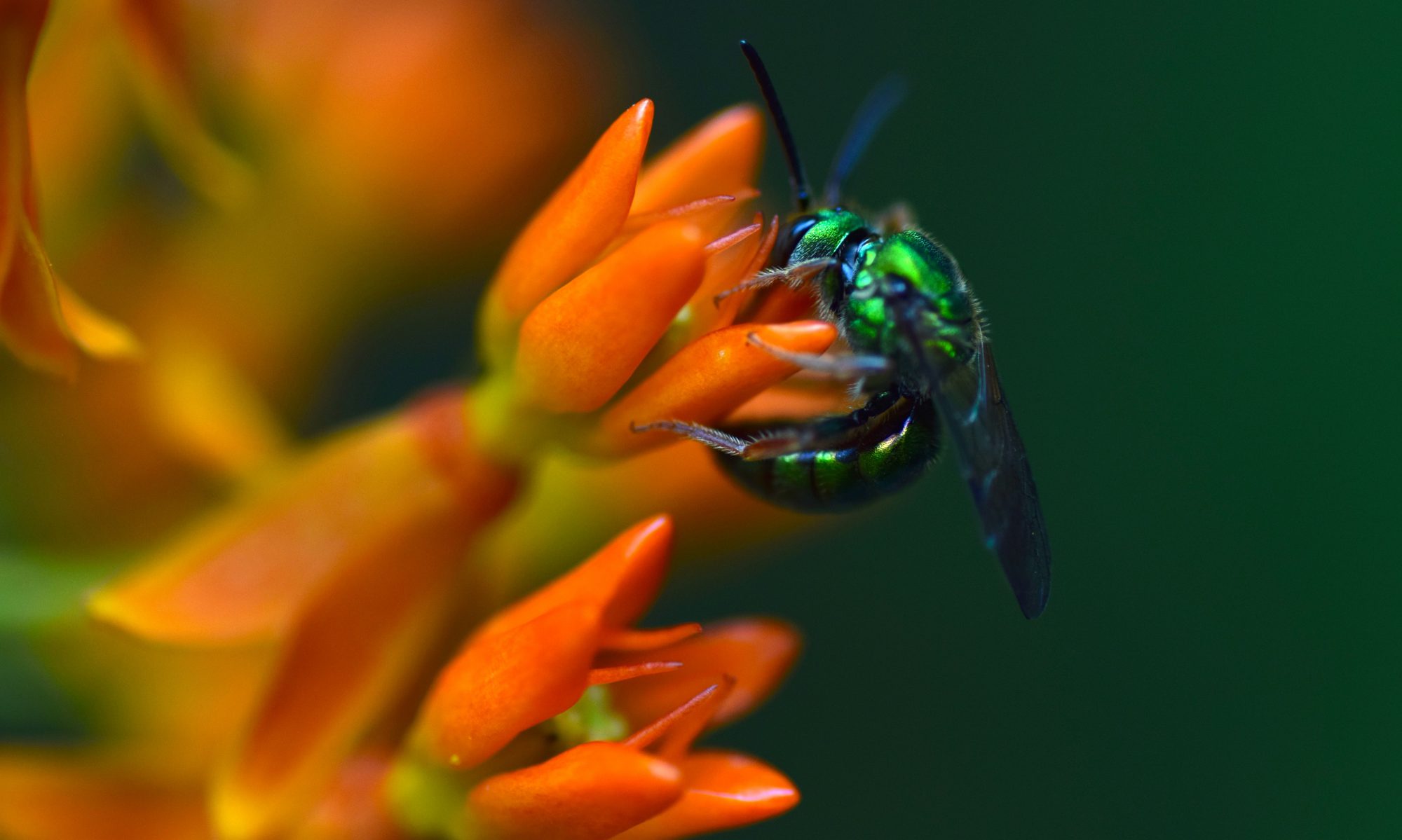
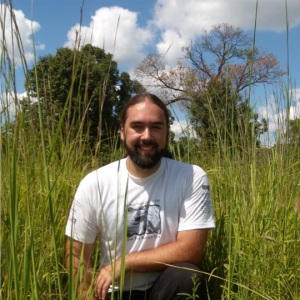 Jonathan Bauer
Jonathan Bauer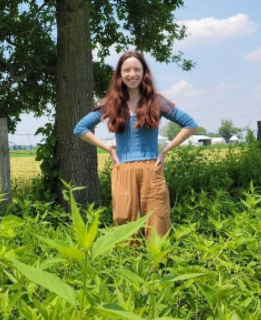 Grace Brock
Grace Brock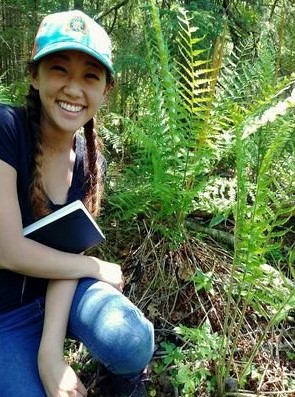
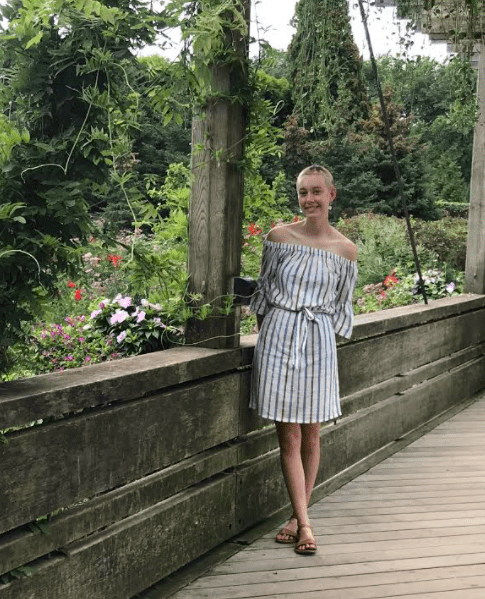 Laura Schonken
Laura Schonken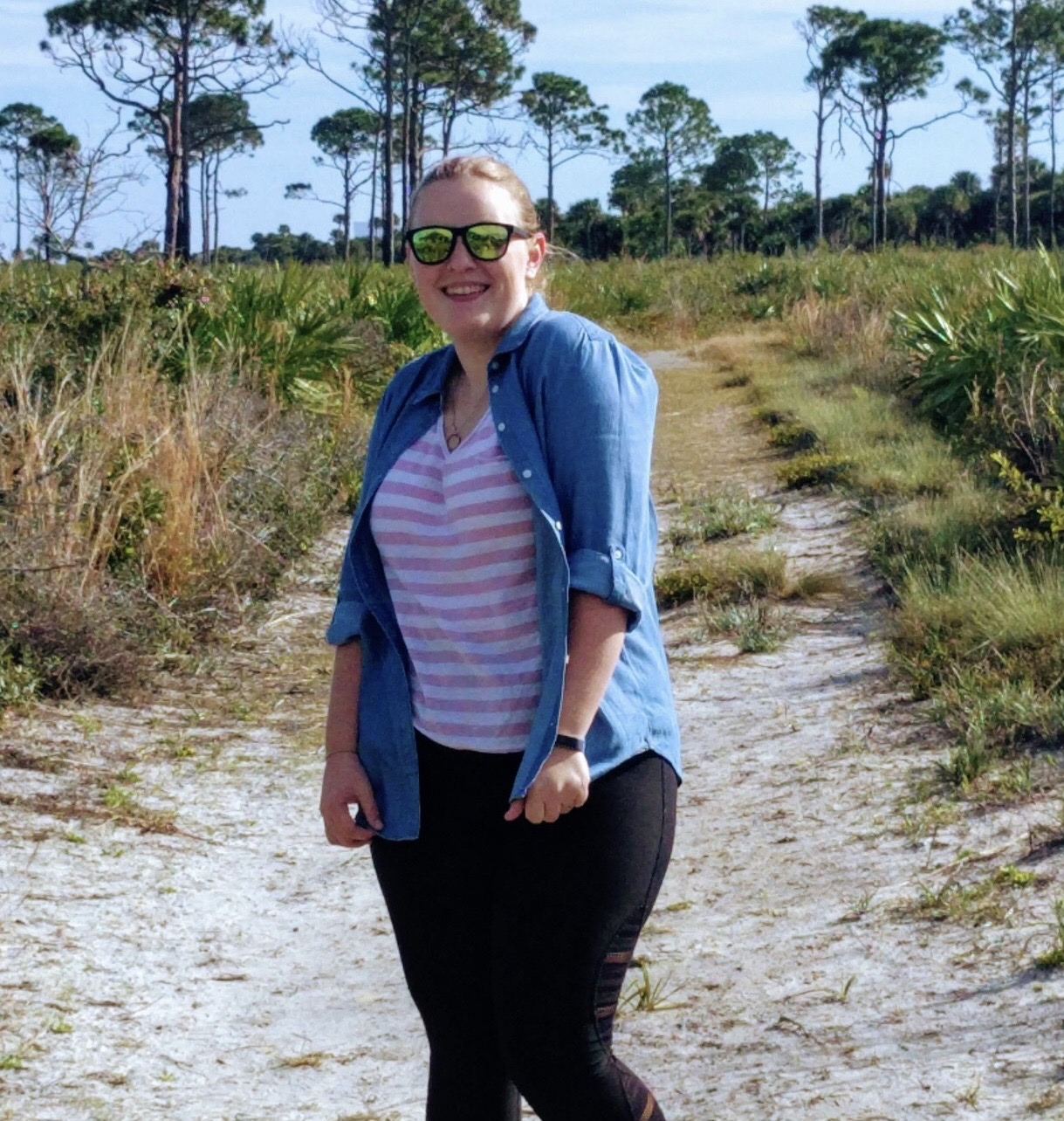
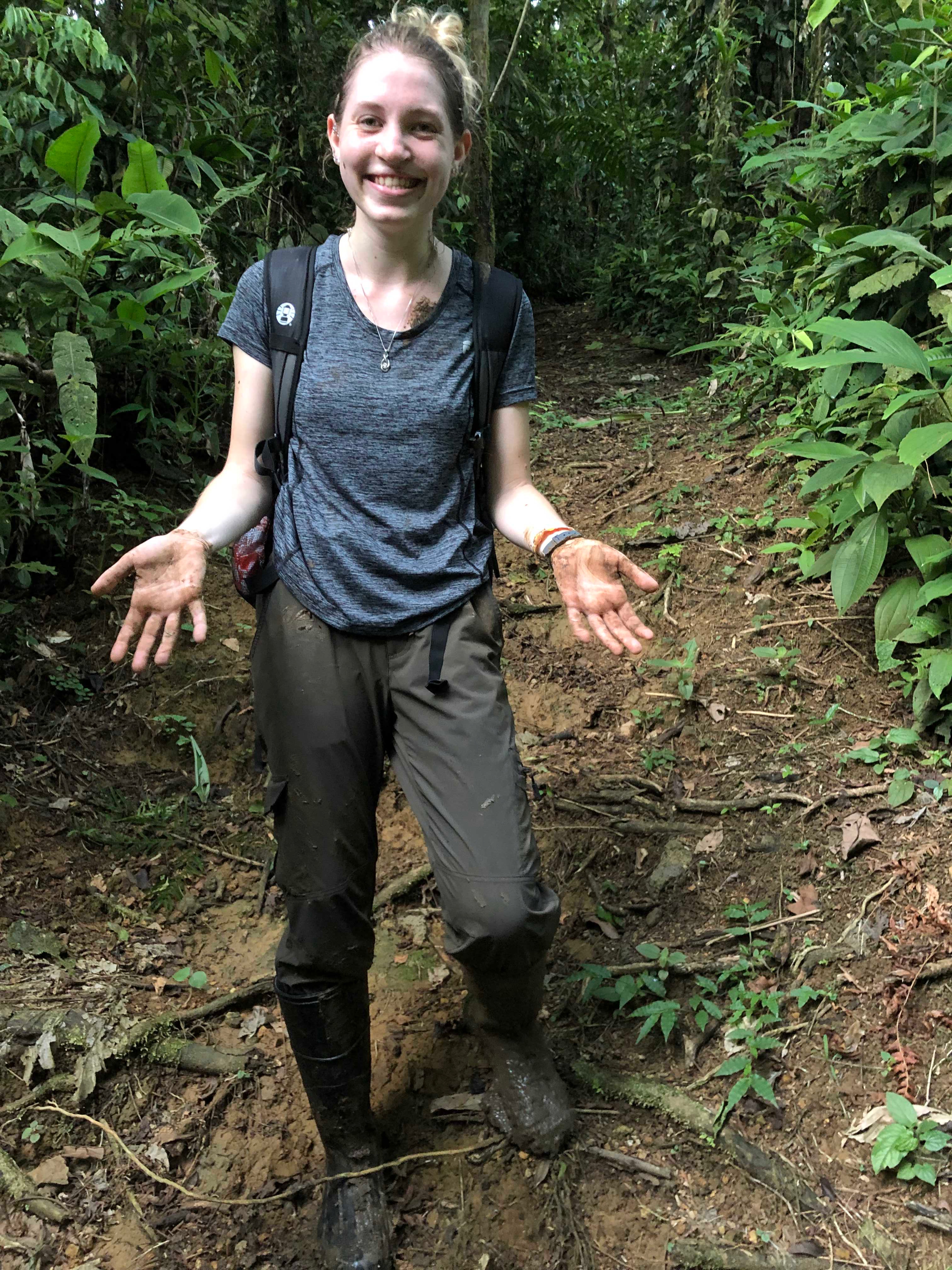
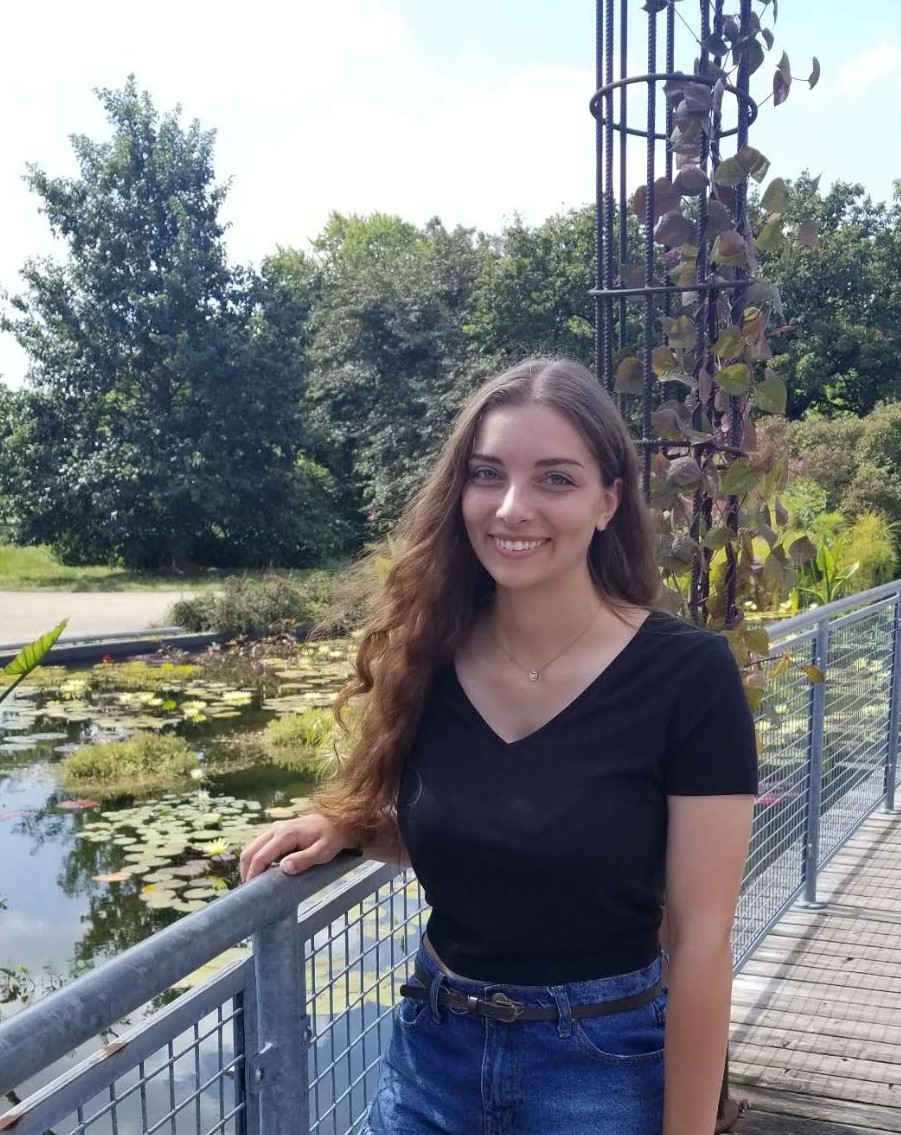 Laura Fehling
Laura Fehling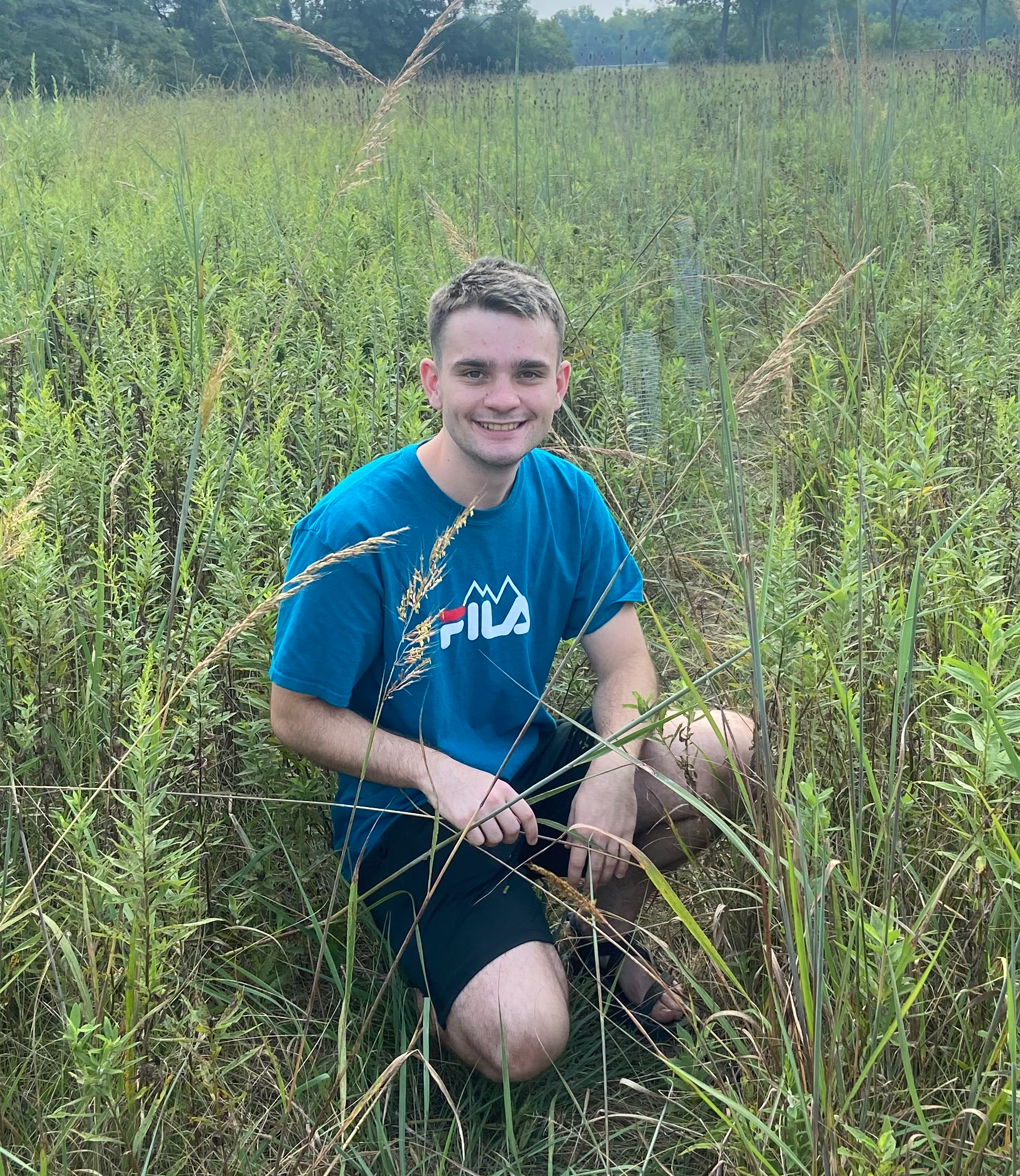 Alex Bowers
Alex Bowers Josie Laing
Josie Laing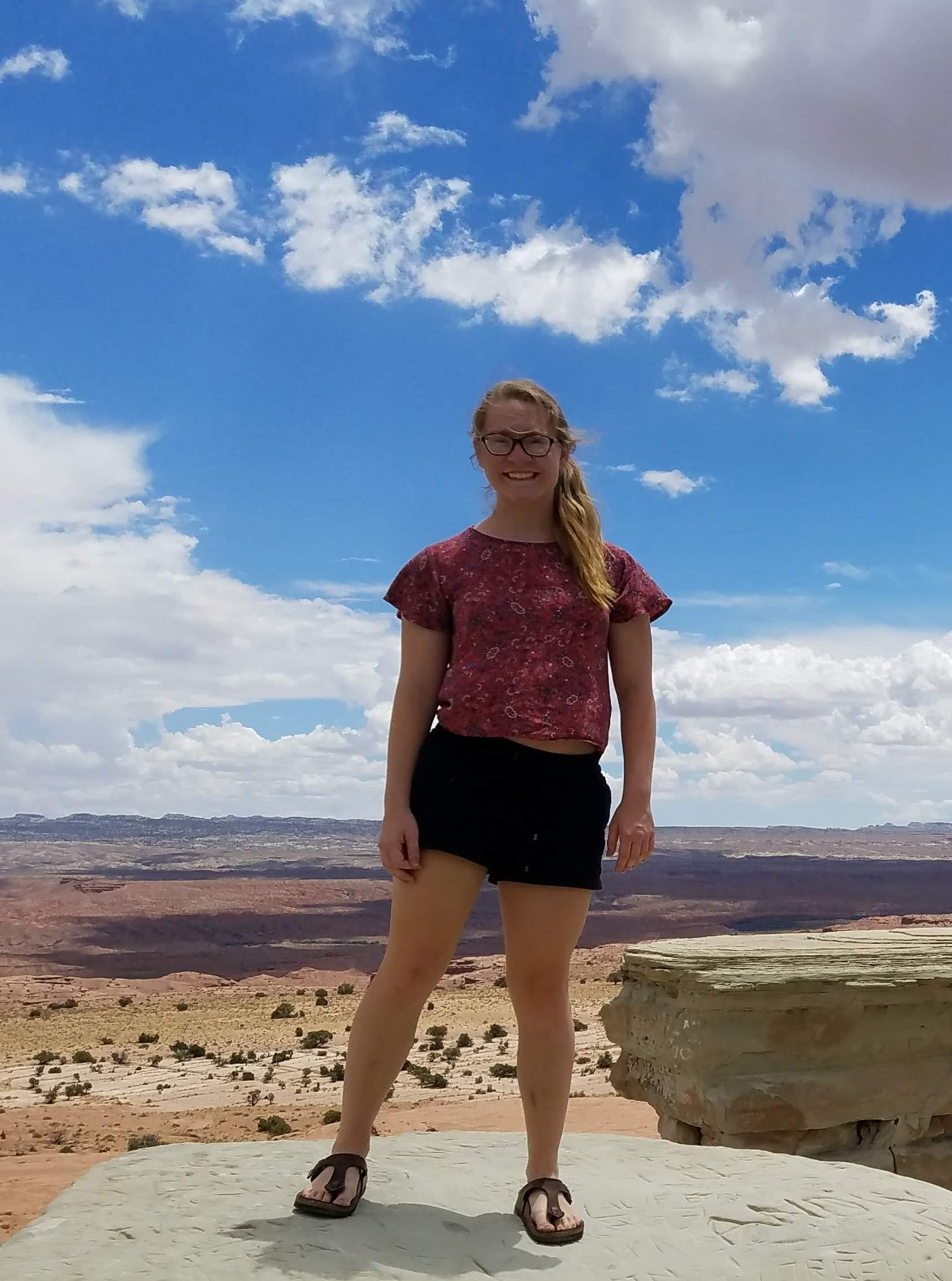 Lydia Witt
Lydia Witt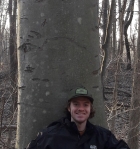 Sidney Noble
Sidney Noble Tristan Barley
Tristan Barley